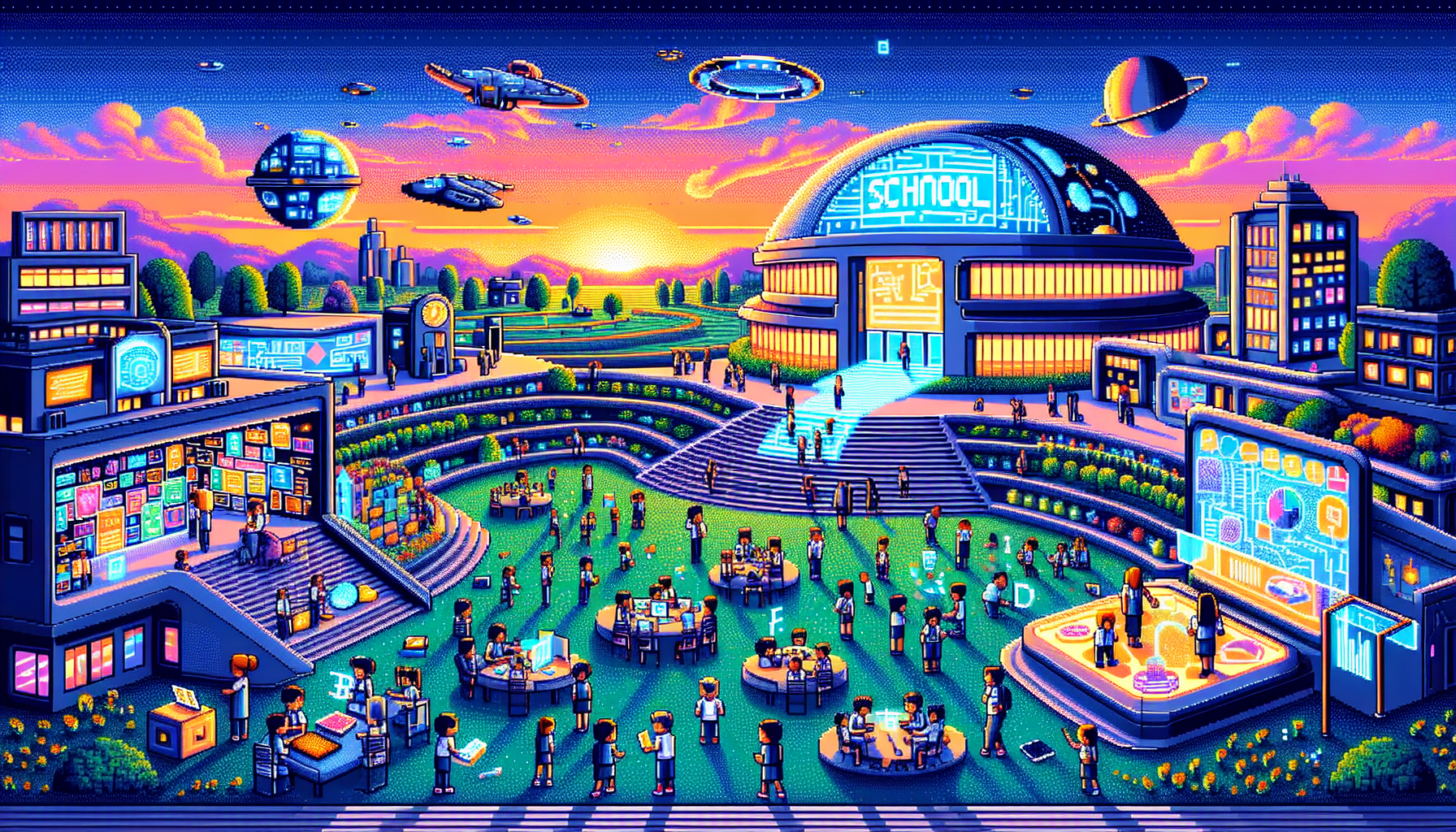Today, one of the most significant breakthroughs in technology impacting education is the rise of Virtual Reality (VR). This immersive technology provides an entirely new way of interacting with information and knowledge, transforming the future of education.
Virtual Reality in Learning
Virtual Reality is a ground-breaking technology that has the potential to change the way we educate. The immersive experience it provides allows students to step out of traditional classrooms and into realistic virtual environments. By simulating real-world scenarios, VR introduces a level of practicality and interactivity that traditional textbooks and lectures often struggle to provide.
For instance, a history student can virtually visit ancient civilizations, walk through historic sites, or witness significant events. In the same vein, a medical student can perform intricate surgical procedures in a risk-free, virtual environment. Such experiences not only make learning more engaging but also help students develop a deeper understanding of the topic at hand.

Enhanced Student Engagement
A significant advantage of Virtual Reality in education lies in its ability to foster engagement. It’s no secret that students learn more when they’re actively engaged. VR provides an interactive medium that is visually compelling and intellectually stimulating. By placing students at the center of the learning experience, VR encourages active participation, thereby enhancing their retention and recall abilities.
Moreover, the immersive nature of VR can help to reduce distractions.
In a virtual environment, external interruptions are minimized, allowing students to concentrate better on the task at hand. This focused learning environment can be particularly beneficial for students who might typically struggle to maintain attention in a traditional classroom setting.
Accessibility and Inclusion
A defining characteristic of VR in education is its inclusivity. For students with physical disabilities or learning challenges, VR opens up a world of opportunities.
It allows these students to participate in field trips, lab experiments, and other activities without physical limitations. Virtual Reality can tailor educational experiences to individual needs, making learning more accessible to all.
Furthermore, VR can break down geographical barriers. No matter where they are located, students can immerse themselves in the same virtual world, collaborating and learning together.
Reimagining Future Education
As VR technology continues to evolve, its impact on education becomes increasingly significant. By facilitating immersive, engaging, and inclusive learning experiences, VR is redefining educational norms. It is breaking down the walls of classrooms and allowing learning to take place in any environment, real or virtual.
However, like any technology, the effective utilization of VR in education hinges on thoughtful implementation. It requires educators to be well-versed with the technology and capable of integrating it into their teaching methodologies effectively. This is where training and ongoing support become crucial.
As we navigate this exciting digital era, it’s clear that technologies like Virtual Reality are not just a passing trend.
They are here to revolutionize our educational systems, making learning more engaging, accessible, and meaningful.
As we embrace this wave of change, we look forward to a future where learning is not confined to the four walls of a classroom but is an immersive, limitless experience.